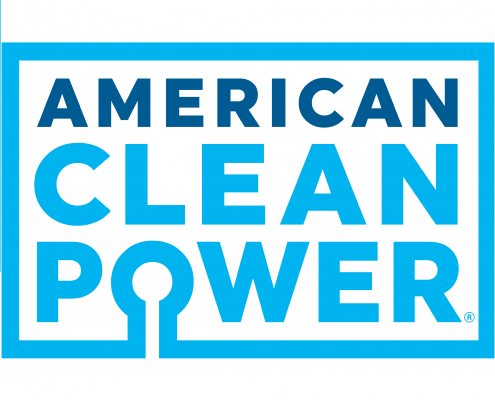
Solar and The Future of Farmland
By David Murray
In the 1940s, my great-grandfather purchased a small farm in the Hudson Valley of New York. He raised chickens and grew tomatoes, strawberries, and other crops until he passed away. My extended family treasures this farm,…
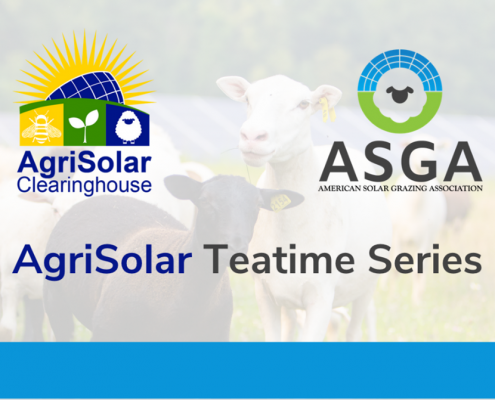
ASGA + AgriSolar Clearinghouse September Teatime: Vegetation Management at Operating Solar Sites with Keanen Ryan and Lexie Hain, Lightsource bp
What are asset managers looking for when they evaluate proposals from solar graziers? What kinds of concerns do asset managers have about grazing that need to be resolved to get to the contract stage?
Keanen Ryan and Lexie…
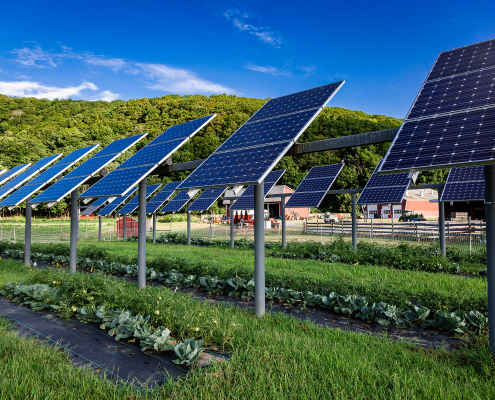
Community AgriSolar: Merging Agrisolar and Community Solar
Merging community solar and agrisolar could aid the Department of Energy’s (DOE) goal of saving $1 billion in energy costs through community solar by 2025. Not only would merging community solar and agrisolar help DOE reach that goal, but…
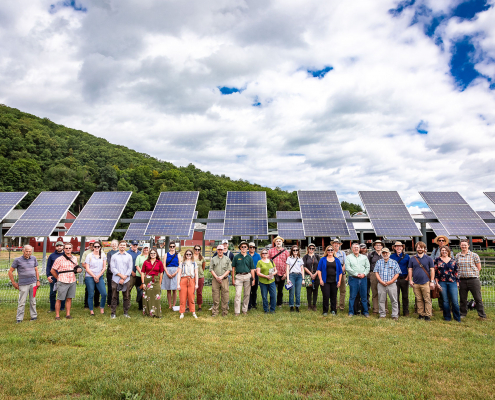
Follow the Sun Tour: Massachusetts
By Stacie Peterson, PhD
See more photos from the tour in the AgriSolar Flickr album here: Follow the Sun Tour: Massachusetts | Flickr
The farmlands of Massachusetts are cherished landscapes, steeped in cultural significance and family…
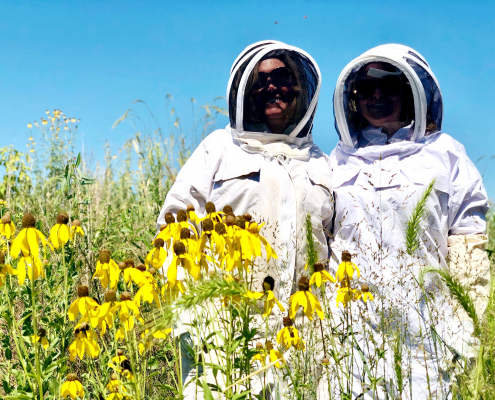
Follow the Sun Tour Minnesota
By: Stacie Peterson
Minnesota is a leader in agrisolar, thanks to innovative policies, inspiring research, and a committed network of agrivoltaic and pollinator advocates. The Follow the Sun Tour had the opportunity to visit four of Minnesota’s…

Watch: Connexus Energy’s Agri-Solar Field
NCAT’s Energy Program Director Stacie Peterson takes us on the Follow the Sun Tour to their Minnesota stop at Connexus Energy Headquarters. The tour included a solar Farm to Table Sampler featuring solar grown food next to Connexus’…

ASGA + AgriSolar Clearinghouse August Teatime: The Principles of Solar Grazing Planning and Management
ASGA Board President Jonathan Barter and “The Grass Whisperer” Troy Bishopp joined us to talk with ASGA members about the principles of planned grazing and the specific issues one needs to know to do solar grazing. We had…
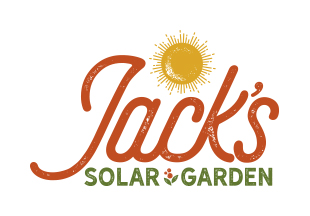
Case Study: Jack’s Solar Garden
An aerial view of Jack's Solar Garden
Jack’s Solar Garden is a community solar garden in Boulder County, Colorado. With its 1.2-MW, single-axis tracking solar system, it is the largest commercial agrivoltaics research site in the…

ASGA + AgriSolar Clearinghouse July Teatime: Utility-Scale Solar Grazing and Vegetation Management with Carolina Solar Services
Carolina Solar Services has an impressive solar grazing operation based in North Carolina with high performance standards for the industry.
For our July Teatime, Brock Phillips from Carolina Solar Services talked with us…

Lego Solar Farm Prize for Best Photo Taken During the Follow the Sun Tour
AgriSolar Clearinghouse partner Rob Davis has generously offered a full Solar Farm Lego set as a prize for the winner of the competition for best photo taken at one of the Follow the Sun tour field trips.
This set is priceless and can not…
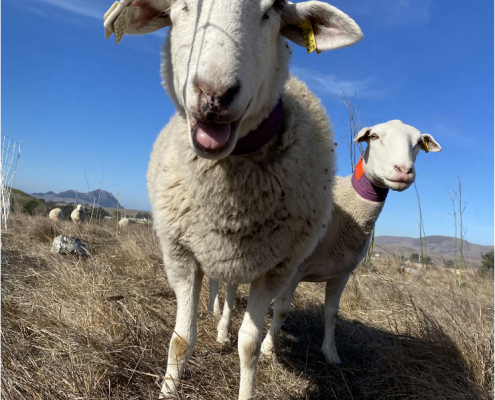
Solar Sheep – an example of multifunctional land use
By Emma Kampherbeek
Land is limited. Agriculture, electricity production, housing, nature, etc. all compete for the same plot of land. In some areas more than in others, but the competition is everywhere. On top of that, greenhouse gas emissions…
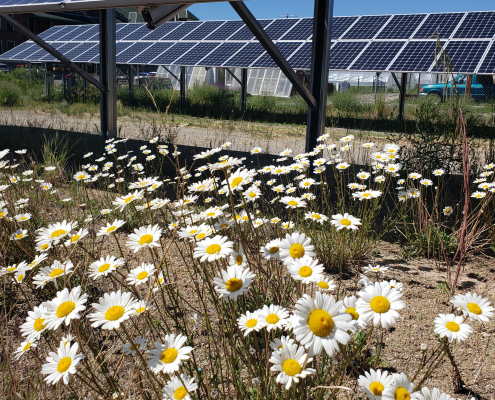
NCAT Headquarters – Turning Solar Site into Pollinator Habitat and Grain Trialing
National Center for Appropriate Technology is headquartered in Butte, Montana. A 45-kW solar array was installed on the campus in 2016, when the land was graded and the remains of an old road are still present. Since this installation, native…



